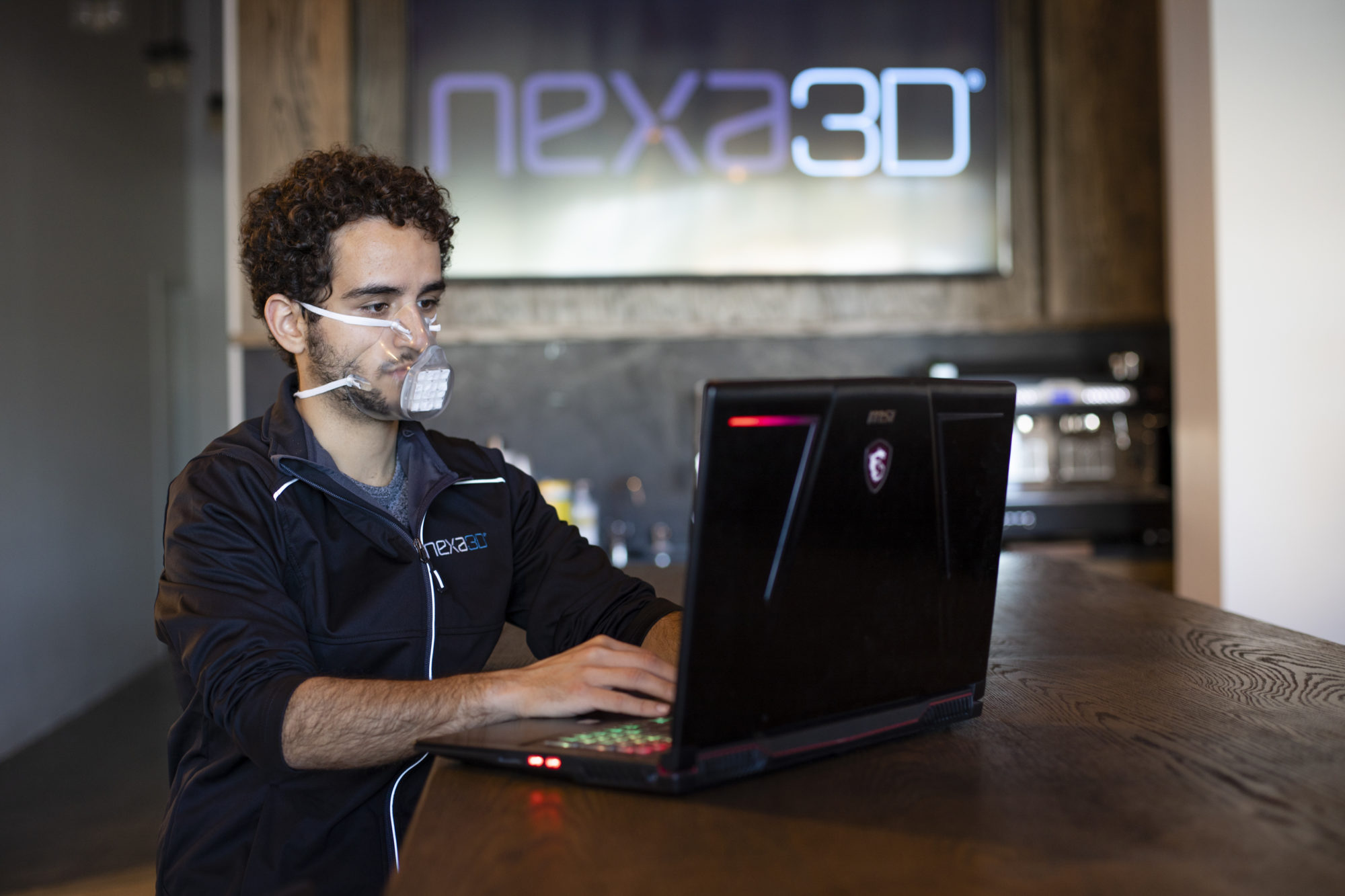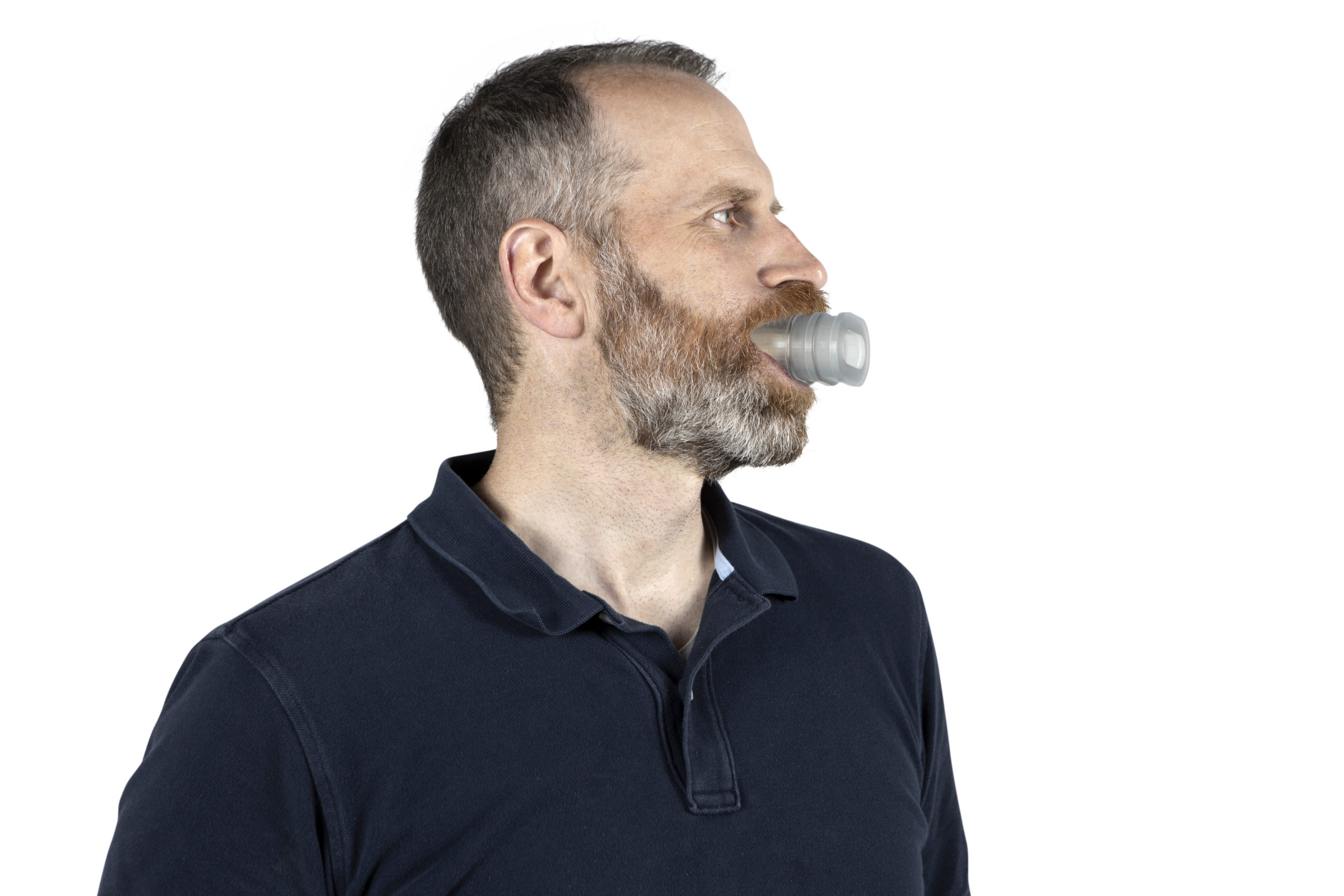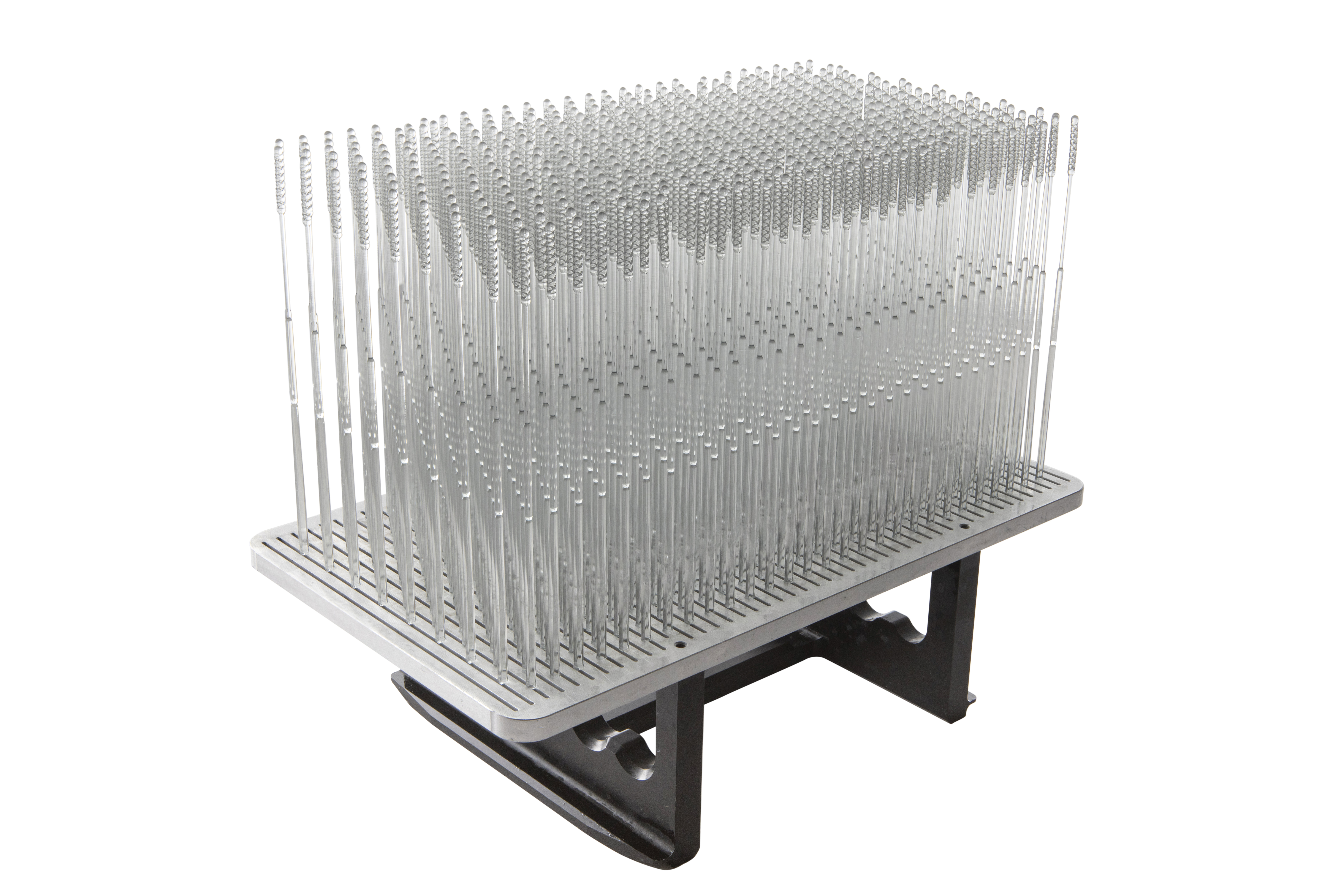Sign up for
XponentialTimes
The latest in exponential technologies, straight to your inbox
Nothing is more exponential than spam. We respect your privacy and never share your personal information.
Two months after Nexa3D and Henkel announced their partnership with the launch of their first co-branded material, both partners are jointly commercializing a second material: a high impact, durable material for medical and athletic devices.
xMED412 combines the physical properties and biocompatibility of medical-grade materials and is ideal for the production of various devices across industries. Realizing the urgency to bring to market relevant solutions during Covid-19, Nexa3D, the maker of ultrafast stereolithography production 3D printers, and Henkel, a leading supplier of high impact functional additive materials, worked together to quickly tailor, tune and test a new polypropylene-like material called xMED412, which is ideal for manufacturing a variety of biocompatible, medical and wearable devices.

Ken Kisner, who heads Henkel’s material innovation for 3D printing, coordinated this remote global development together with Izhar Medalsy, the head of Nexa3D’s operations. Together both teams tested and qualified the NXE400 3D printer on a multitude of approved workflows designed to unleash the full potential of xMED412’s outstanding physical properties and biocompatibility. Nexa3D and Henkel are delivering a digital manufacturing solution for a growing number of medical devices, athletic wearables and personalized audio products.
In addition to breaking traditional AM barriers related to productivity, performance and biocompatibility, both teams were also challenged by lingering Covid-19-related remote work conditions. They rose to the occasion, however, with the validation of an end-to-end nasopharyngeal swabs manufactured with xMED412 on the NXE400 that have already been cleared through clinical trials, and are in compliance with ISO 10993 testing and FDA Class I Exempt classification.

This is the second joint material introduction for the budding collaboration between Henkel and Nexa3D in as many months as both partners continue to ramp up the development of a portfolio of co-branded performance photopolymers through expanding global channels.
Together, both companies are breaking traditional productivity and functionality barriers associated with 3D printing and are decisively expanding the world of additive manufacturing, allowing customers to create truly functional parts across a wider range of applications.
xMED412 was developed to deliver highly consistent part performance with extraordinary functionality. The medical-grade material is a very strong and durable photopolymer with mechanical attributes similar to polypropylene with fantastic elongation, impact strength, and compression strength. Check out the full performance specifications here. xMED412 parts printed on Nexa3D’s NXE400 require post processing and cleaning in accordance with the company’s recommendations and can be machined, tapped, or polished to deliver desired production finishes.
In the U.S., both companies quickly qualified and scaled up single printer production capacity to 5,400 swabs a day at our Nexa3D flexible factory in support of the ongoing demand for nasal swabs. Elsewhere, customers are printing ventilators and other medical device parts, including venturis and connectors at productivity and scale, which are fast achieving the new standard for flexible series production.

There are many reasons why additive plastics like xMED412 are increasingly in high demand. xMED412 is a lightweight yet sturdy material that comes with inherent insulating properties, designed to withstand impact, moisture and vibration. These highly desirable features and attributes are ideal for devices that might need to be sterilized or disinfected and are shipped around the world for use in homecare and healthcare settings. To learn more how both companies are unleashing the full potential of series manufacturing of medical and athletic devices, register for our webinar here.
To advance the miniaturization of biocompatible, medical and wearable devices, design engineers are incorporating new materials into device designs for added product lifecycle flexibility. For companies that manufacture single-use medical devices, or reusable devices, many critical components need to bend and flex for use on or near a patient’s body. Such components and substrates must be pliable, elastic, and often kink-resistant, which is where the combination of xMED412 as 3D printed on the NXE400 really shines.